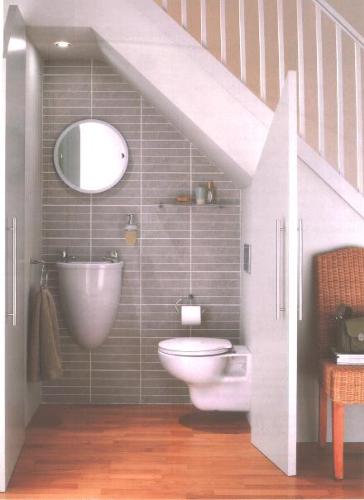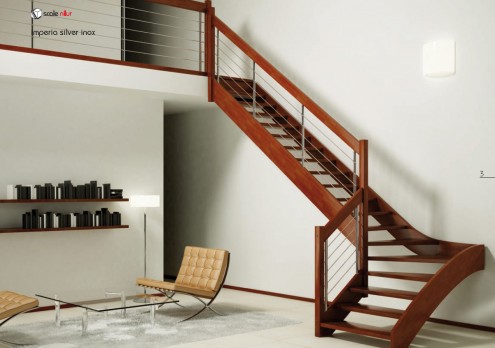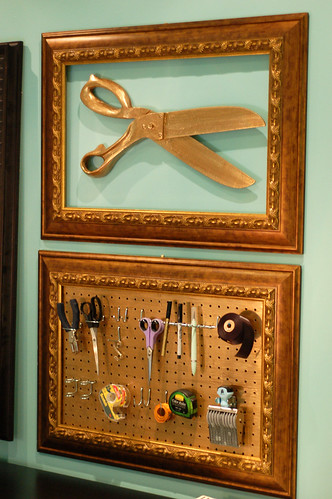Joseph Rosa sidles up to the security guard standing next to Patricia Urquiola's felt-flowered Antibodi chaise longue. "No one has touched anything, have they?" he asks in a voice that sounds parental, not just curatorial. Who can blame him? The curator of architecture and design at the Art Institute of Chicago, Rosa worked with Renzo Piano Building Workshop to fashion this corner of the Modern Wing into galleries for his department. At 8,000 square feet, the space is the largest of its kind in the world. Every inch has been carefully considered. So if a tourist touches the Urquiola chaise, it's more than a gaffe—it's a personal insult.
I've met Rosa for a tour. Even on a rainy day, light pours into the entrance of the Modern Wing—along with umbrella-toting visitors. As Piano partner Joost Moolhuijzen would explain to me afterward, "It really is about how you embrace the city and make the museum welcoming to the people who have never set foot in it." He says that the greatest challenge was to balance the desire for a light-flooded space with the sun-averse preservation of art. The solution was what he calls a "flying carpet," a series of angled aluminum blades running across the roof's skylights to protect the galleries from direct sun. Today, of course, that's not a problem. I dry out as Rosa and I walk toward the galleries. "At MoMA, they tell me, when you change design objects, it's actually in a public corridor. Here, you have an identified zone that's lockable." A good thing, since he plans on changing exhibitions twice a year.
Out of the 250,000 pieces Rosa had to choose from, dating back about a century, we look at some of his earliest selections: a preliminary model of the nearby Inland Steel Building by Skidmore, Owings & Merrill, plans for Australia's Newman College, circa 1915, by Marion Mahony and Walter Burley Griffin. But most visitors don't linger too long in the past. After a quick glance, they follow the siren call of the sound track to Ordos 100, Lot 006, Inner Mongolia, China, a digital video that illustrates how an imaginary family would live in a house by the architecture firm MOS. The crowd then drifts loosely toward Being Not Truthful Always Works Against Me, graphic designers Stefan Sagmeister and Ralph Ammer's kinetic image of a spiderweb that distorts and twists according to the promptings of a motion sensor. Rosa gives some serious consideration to two children playing in front of the piece. "We'll probably leave this one up," he says.
One of Rosa's responsibilities is to show how the relationship between architecture and design has evolved. I ask what criteria should be used to evaluate Xefirotarch's model for Sur, a summer pavilion built for the P.S.1 Contemporary Art Center in Long Island City, New York. Or what about Hella Jongerius tableware? After some careful thought, he answers, "I think the general public sometimes feels, I don't know enough about this to comment. But do you like it? Does it strike a chord in you? That's how knowledge grows." Rosa plans to push the conversation forward with temporary commissions from designers such as Florencia Pita of Mod and SCI-Arc, whom he calls "an inventive thinker, to say the least." Looking for acquisitions, he says, requires seeking out new issues and aesthetics.
We walk toward the final gallery, home to an impressive selection of contemporary chairs including Ron Arad's Rover, made from a car seat, and the red wire tangles of Fernando and Humberto Campana's Corallo. On one side of the room, an angular LED sculpture by Yves Behar gently pulsates. Donated by Behar himself, it's uncannily reminiscent of another recent addition to the city: UNStudio's temporary pavilion across the street in Millennium Park, which I had walked through on the way to the museum.
Rosa was a key player in the commission of that pavilion as well as one by Zaha Hadid Architects, so I ask about them over lunch at Terzo Piano, the restaurant on the third floor of the new wing. The two firms are "building from the past into the future," Rosa says. On the phone from Amsterdam, UNStudio principal Ben van Berkel describes his design as partly an ode to Daniel Burnham, whose master plan for Chicago is celebrating its 100th birthday. "Within the vision of the Burnham plan, there was this idea of diagonal vistas," Van Berkel explains. "Now you look up and see towers rising on the lake shore, rising in a diagonal manner." The cantilevered roof of the pavilion, he adds, could be interpreted as a riff on Frank Lloyd Wright's Robie House in nearby Hyde Park, yet the pavilion's lighting—which he designed to glow with more intensity as more people walk past—adds a futuristic twist. "If there's no communication between the public and the architecture you make," Van Berkel says, "I think you aren't really making architecture."
With that axiom in mind, I look around the restaurant, an 8,500-square-foot space by Dirk Denison Architects. Everything is flexible, from the floating credenza and banquette at the entry to the rolling painted aluminum-and-steel dividers that allow the dining room to be quickly changed into any number of configurations for private entertaining. The restaurant is specifically meant "to feel like it's in a museum," Dirk Denison says. Hence the Piano-inspired white palette and the vitrines displaying contemporary representational ceramics. Curvy chairs by George Nelson "bring sensuousness to a space that is otherwise very rational," Denison explains.
What a fitting description for the entire experience, I think—until I revisit the galleries a week later. Behar's LED piece still glows and, behind it, window shades rise to let in softly filtered afternoon sun. "What an un—Art Institute—looking room," one visitor remarks. "That's the idea," his companion replies. If Rosa were here, his parental sternness would surely transform into paternal pride.

























































